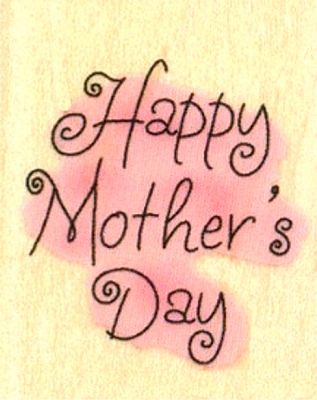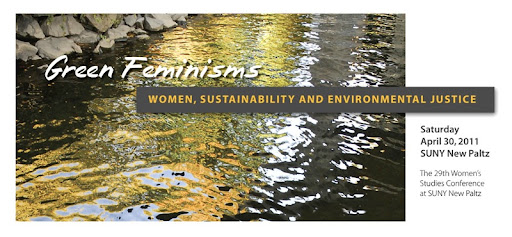By Roxana Cazan*
When the Russian court rejected Pussy Riot member, Maria Alyokhina’s request for a deferral in her prison term so that she can raise her son, I was shocked. Alyokhina pleaded that her son is too young for her to be removed from his side at this point, and that a sentence of years in prison would destroy the mother/son bond. She asked the court to defer her term until her son turns 14. The Pussy Riot punk team was arrested as a result of disseminating anti-establishment and feminist slogans and performing their politics in a Moscow cathedral. What drew my attention was the way in which the state handled Aliokhina’s request to mother, especially in a country where motherhood was upheld as one of women’s most important duties via Soviet propaganda.
This ideological and geographical site extends to Russia’s neighboring country, Romania, where the Communist regime that ended its totalitarian rule in 1989, imposed an intensive politics of reproduction to the detriment of women. Particularly during the last decade of Communism in Romania, the pro-natalist political program prohibited birth control, required women to procreate within patriarchal family structures, and employed women to labor outside the home, as Gail Kligman deftly argues in her 1998 book The Politics of Duplicity: Controlling Reproduction in Ceausescu’s Romania.
The Pussy Riot court case received great attention in the US as did the Romanian rejection of Ceausescu’s pro-reproductive ideology right after 1989. In a way, this attention projected the two moments as standing in stark opposition. more...

 Just in time for Mother’s Day, Save the Children has published its twelfth annual
Just in time for Mother’s Day, Save the Children has published its twelfth annual  The
The 
 Yesterday I participated in a
Yesterday I participated in a 